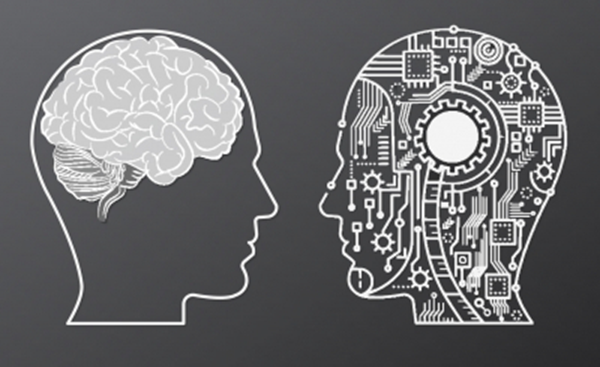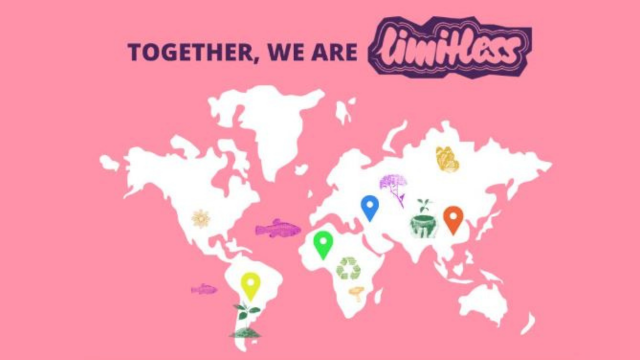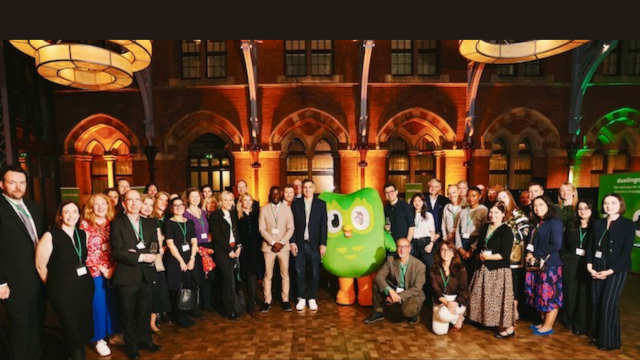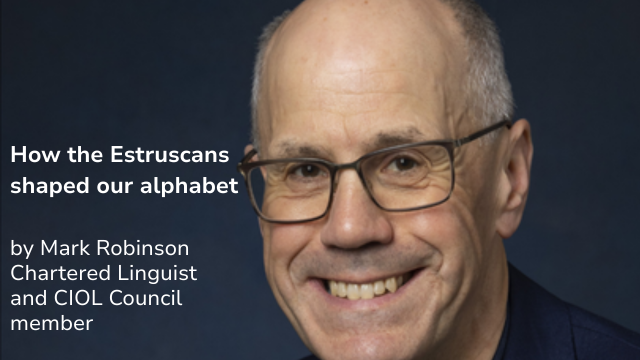-
QUALIFICATIONS
- For Linguists Worldwide
- For UK Public Services
- Preparation
- Policies & Regulation
-
MEMBERSHIP
- Join CIOL
- Professional Membership
- Affiliate Membership
- Chartered Linguist
- Already a member?
- Professional conduct
- Business & Corporate Partners
-
LANGUAGE ASSESSMENTS
- English
- All Other Languages
-
CPD & EVENTS
- Webinars & Events
- CIOL Conferences
- Networks
- CIOL Mentoring
-
NEWS & VOICES
- News & Voices
- CIOL eNews
- CIOL Awards
- The Linguist Magazine
- Jobs & Ads
-
RESOURCES
- For Translators & Interpreters
- For Universities & Students
- Standards & Norms
- CIOL & AI
- All Party Parliamentary Group
- In the UK
- UK Public Services
- Find-a-Linguist
The Value of Human Translation

Can impactful human-to-human communications be outsourced successfully to AI, asks Michael Schubert, CT
Embracing tech
I’m a technophile. In my very human career field of translation and copywriting, I embrace technology wholeheartedly. I also advocate for it when I teach and mentor others. I think tech skills are just as critical as language skills for a successful career in translation.
So I don’t dislike AI. On the contrary, I am fascinated by the promise of emerging technology and enjoy experimenting with AI. But because I’ve seen what AI cannot do, I’m dismayed to see it emerging as an existential threat to many in my profession.
Garbage in, garbage out…
The usefulness of AI in language services has been vastly oversold – driven by ignorance or profit motive – and I fear that customers who are told that free or cheap AI solutions can duplicate time-consuming human language services will discover that the old adage always applies: You get what you pay for.
- GIGO. AI doesn’t “think,” of course: It extrapolates based on the massive amounts of data it hoovers up. But this Roomba-on-steroids is also sucking in broken glass and thumbtacks – subpar translations and outright errors – which, by design, it dutifully spits out again.
- AI skips what it doesn’t know. I see this again and again: It skips the hard stuff, the nuances. In my language combination of German to English, AI notoriously ignores the modal particles (gerade, immerhin, doch, wohl, gar, bloß, eben …) that lend so much character to good writing. I does this because the solutions are too vexingly context-specific, and because it learns from subpar human translations (back to GIGO). The result is a translation that lacks the sparkle and impact of a good source text. And that's a shame.
- AI hallucinates. This is an open secret at this point. It seems to abhor a vacuum so much that it inserts "best guesses" where it lacks data, and it also seems oddly eager to please its human prompters.
Bottom line: AI results need careful scrutiny. Everybody – except possibly those hawking AI “solutions” – seems to agree on that.
But are they helpful as first draft? Does AI save time in the overall process of producing a useful translation?
No. More on that below.
We translators rarely receive perfect texts to translate. A good translator will always correct errors, check facts, test and localise hyperlinks, fix formatting errors, and work with the client to clarify ambiguities. We glean the essence of the source text and deliver the message clearly and idiomatically in the target language. This is strictly grey-matter added value that goes well beyond the capabilities and mandate of AI solutions.
The most common compliment we translators get is: "Wow, your translation is better than the original!" That’s because no one scrutinises a text as carefully as a good translator – not even its author.
Liefersicherheit is not “delivery security”
Some real-world examples from my work for the German logistics industry: In my own language combination of German to English, AI-based machine translation (MT) is still unable to consistently see beyond German’s notorious compound nouns to produce a natural English. An example I’ve seen over and over again is Erhöhung der Liefersicherheit translated as “increased delivery security” (wrong sense of Sicherheit!) or “increasing delivery reliability” (said no one, ever) instead of more robust supply chains or increasing supply chain resilience, which is what a good translator would instinctively write and what someone reading the English text would actually understand.
The web is already full of proclamations of “delivery security” – just ask Linguee, which has been scraping the internet for years to fuel the leading MT tool DeepL. But this kind of self-propagating robot reflux is only good for reducing translation expenses, not for actually getting potential customers to stop scrolling and swiping.
Beware mistranslations
Moving from a merely uninspired translation to a dangerous mistranslation, here’s a jaw-dropper from my experimentation with DeepL. Can you spot the error in the chart below?

It’s hard, because this is not the kind of translation error (…ungenauigkeit = inaccuracy) that we would expect a machine to make. I only spotted it because the target text was counterintuitive, and my human brain was turned on, which is what my clients pay me for!
AI’s working model leads it to endlessly propagate human errors unless corrected by vigilant humans during machine translation post-editing (MTPE).
But how likely is that? Not at all, since MTPE is not prestigious or lucrative and is therefore often handed over to lower-skilled linguists. And the temptation is strong – given how shiny and “right” the translations appear – to skip the post-editing altogether. Everyone loves free.
The above examples are just anecdotal, of course. Individual mistranslations can be fixed. What’s problematic is the fundamental structural flaws that produce such errors to begin with, and will continue to do so.
If the accuracy of a cheap or free translation cannot be trusted, does it have any value?
It’s often argued that AI is the perfect tool for low-value texts that otherwise wouldn’t be translated. But if the accuracy of a cheap – or free – translation cannot be entirely trusted, does it have any value? Indeed, might it not actually be worse than no translation at all, since it creates risks of reputational damage and legal liability?
Since we cannot trust AI to compile error-free translations, someone has to comb through gigantic haystacks looking for the needles that almost certainly lie within. This kind of work is mind-numbing and difficult for humans, so it means most needles will never be found.
The pertinent question here: Is it more promising to meticulously search haystacks for needles, or to build your own needle-free haystack from scratch?
Language is a tool for humans to connect with other humans. Texts that are carefully written by humans and for humans in one language – whether product documentation, legal arguments, financial disclosures, marketing copy, literature, or anything else of significance – deserve to be just as carefully translated if they are to have the same impact in another language.
This is the message that we translators must continually communicate to serious clients in this new era of AI.

Michael Schubert, certified by the American Translators Association in German to English since 2006, provides premium translation services with a focus on corporate communications for the software and logistics industries. He is also an Adjunct Professor for German-to-English translation at the Middlebury Institute of International Studies at Monterey, California. Michael is a native Californian who lived in Germany for over a decade and now resides in Paris. More at www.michaelschubert.com.
Views expressed on CIOL Voices are those of the writer and may not represent those of the wider membership or CIOL.
Filter by category
More
The Chartered Institute of Linguists (CIOL), Incorporated by Royal Charter, Registered in England and Wales Number RC 000808 and the IoL Educational Trust (IoLET), trading as CIOL Qualifications, Company limited by Guarantee, Registered in England and Wales Number 04297497 and Registered Charity Number 1090263. CIOL is a not-for-profit organisation.








